Mona Lisa
PAINTING BY LEONARDO DA VINCI
Alternative Title: “La Gioconda”
TOP QUESTIONS
Who was the Mona Lisa in real life?
How many years did it take to paint the Mona Lisa?
Where is the real Mona Lisa kept?
What is the value of the Mona Lisa?
Why is the Mona Lisa so famous?
Subject
History
Leonardo da Vinci began painting the Mona Lisa about 1503, and it was in his studio when he died in 1519. He likely worked on it intermittently over several years, adding multiple layers of thin oil glazes at different times. Small cracks in the paint, called craquelure, appear throughout the whole piece, but they are finer on the hands, where the thinner glazes correspond to Leonardo’s late period.
Get exclusive access to content from our 1768 First Edition with your subscription.Subscribe today
During World War II the Mona Lisa, singled out as the most-endangered artwork in the Louvre, was evacuated to various locations in France’s countryside, returning to the museum in 1945 after peace had been declared. It later traveled to the United States in 1963, drawing about 40,000 people per day during its six-week stay at the Metropolitan Museum of Art in New York City and at the National Gallery of Art in Washington, D.C. It also toured to Tokyo and Moscow in 1974.
Condition
Scholars have noted that the Mona Lisa is in fairly good condition for its age. The poplar panel shows some evidence of warping from resistance to its original frame and to braces added by early restorers. To prevent the widening of a small crack, visible near the centre of the upper edge of the painting, dovetails were added to the back of the painting. Restorers later pasted heavy canvas over the crack and replaced the top dovetail.The glass protecting the Mona Lisa was replaced with a bulletproof case after several attacks in 1956, one of which damaged an area near the subject’s left elbow. The Mona Lisa thus escaped harm from acts of vandalism in 1974 during the work’s visit to Tokyo and in 2009 when a museumgoer threw a ceramic mug at it.



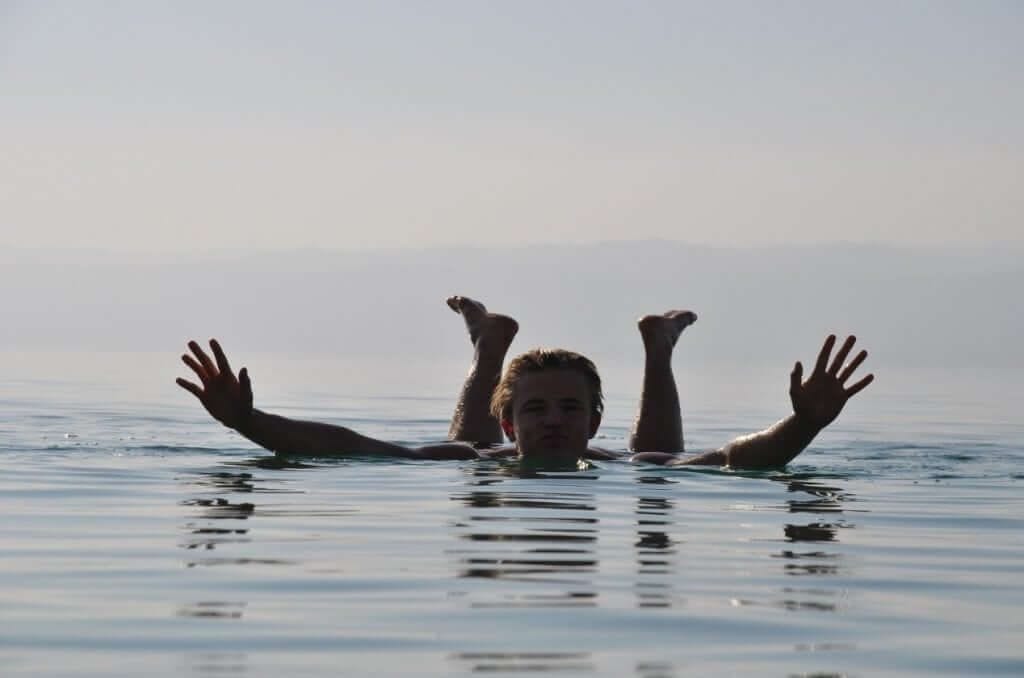


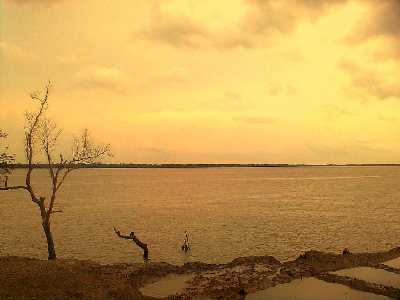
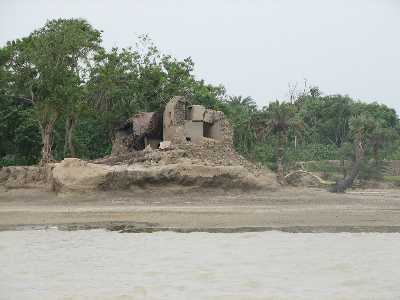


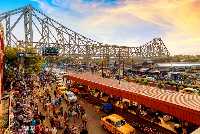



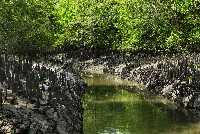
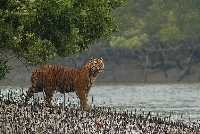
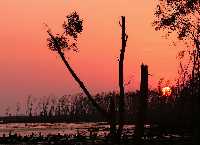


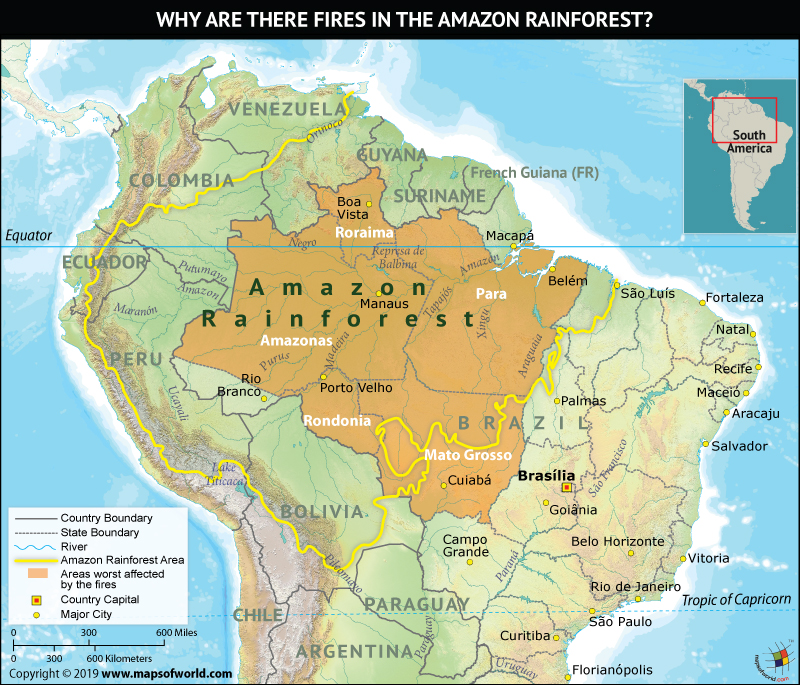

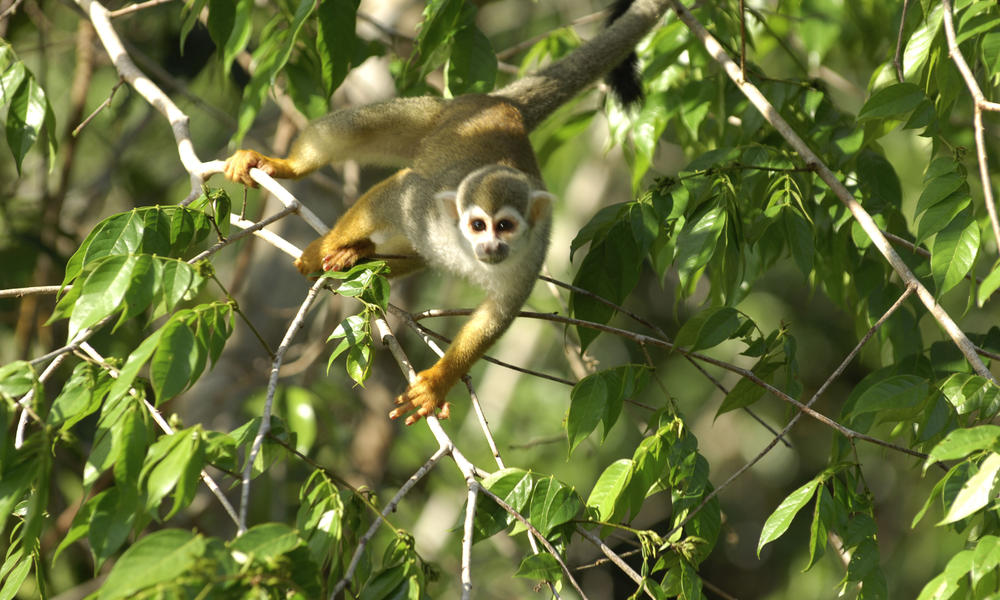
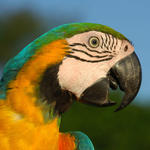 MACAW
MACAW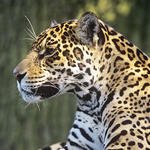 JAGUAR
JAGUAR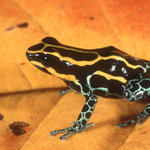 POISON DART FROG
POISON DART FROG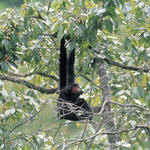 BLACK SPIDER MONKEY
BLACK SPIDER MONKEY AMAZON RIVER DOLPHIN
AMAZON RIVER DOLPHIN SLOTH
SLOTH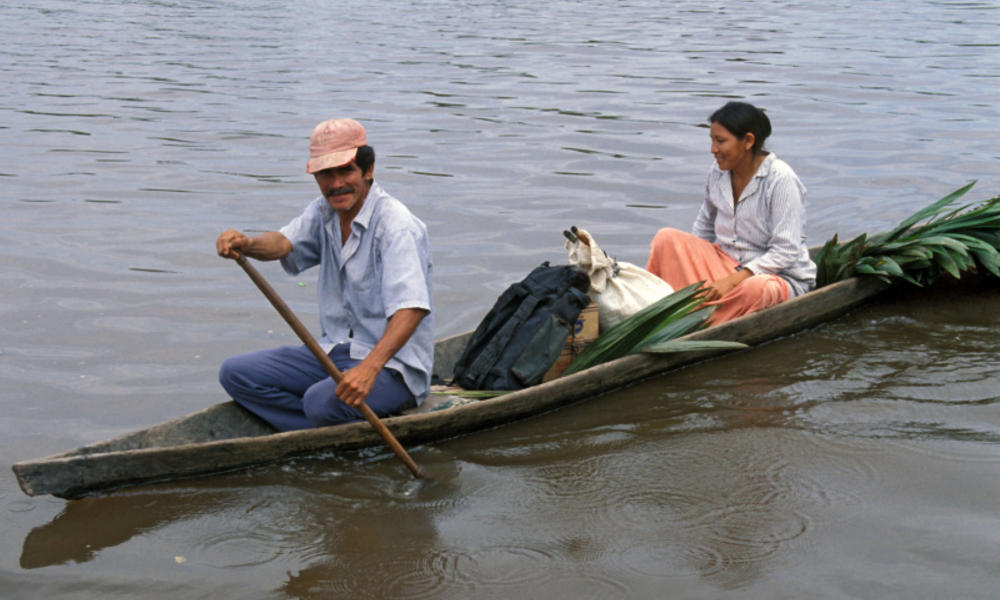
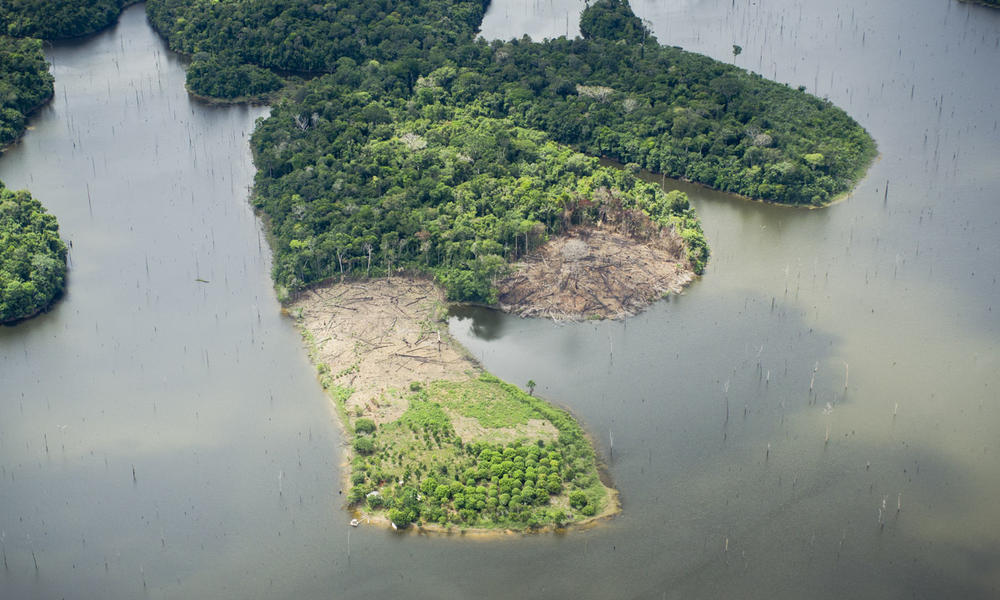

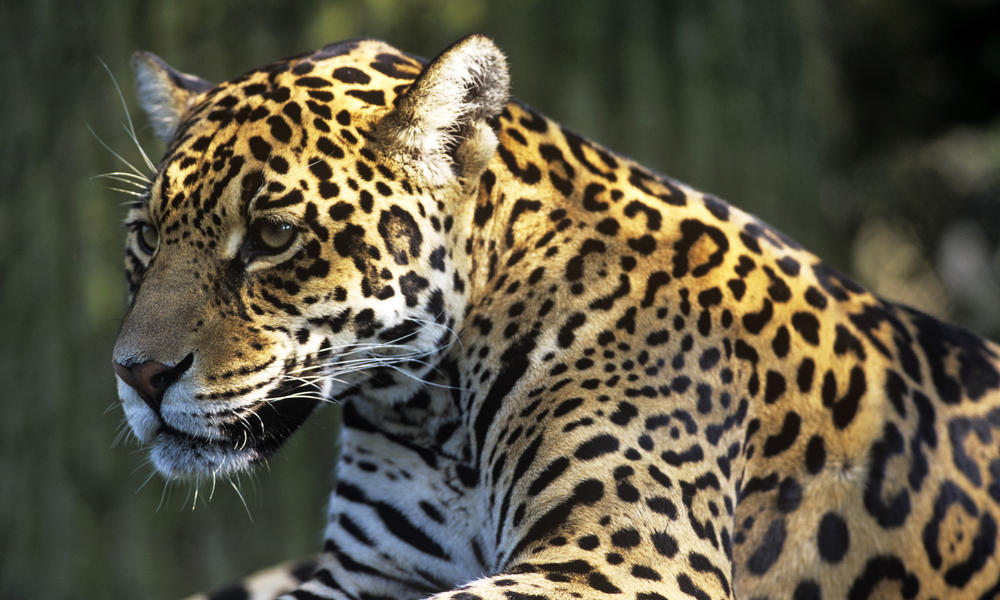


 MEG SYMINGTONManaging Director, Amazon
MEG SYMINGTONManaging Director, Amazon KERRY CESAREOSenior Vice President, Forests
KERRY CESAREOSenior Vice President, Forests MICHELE THIEMELead Conservation Scientist, Fresh Water
MICHELE THIEMELead Conservation Scientist, Fresh Water
